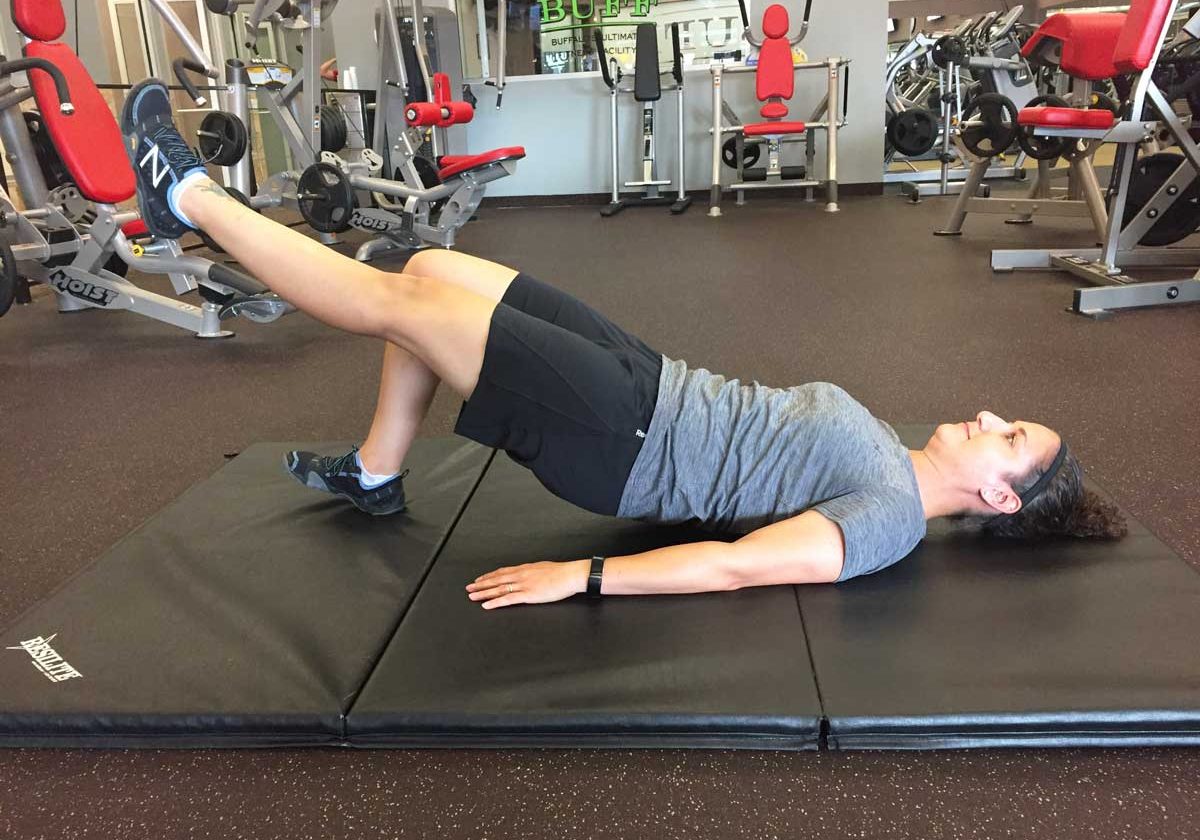
Creating Super Speed in Golf
What an exciting time in golf as the Masters commence in Augusta this weekend! Who's going to win? Are you placing any bets? Just a little hint... statistically, the longest drivers in the game make up the majority of winners.
You may have noticed some tour players warm-ups have changed recently. Dustin Johnson and Phil Mickelson have recently added Super Speed Golf Clubs to their bags... and they've added a whole lot of club head speed with it!
Why do we care about speed so much? Well, power is based on force and speed. Increasing power in your swing means increasing distance in your ball flight. Who doesn't want to hit the ball further? The further we hit the ball, the faster we get to the hole.
If you haven't seen Super Speed golf clubs yet, they are pretty cool looking golf shafts that are weighted differently at the end from one to the other. The set I have has three clubs: one is about the same weight as a men's driver (that's what I play), one is a little heavier, and the third is a little lighter than a standard men's driver. The three clubs are swung in specific sets and reps in order to tax the nervous system and fast twitch muscle fibers in a fashion that teaches the body and brain to create more speed over time.
There are many different drills you can do with Super Speed golf clubs too. Some exercises are done from a kneeling position, half kneeling position, and many are done while standing. One of my favorite exercises is the Happy Gilmore running start style swing. It's just funny. Check out Instagram for some cool drills and definitely follow my Instagram and Facebook pages for all kinds of flexibility, mobility, strength, power, and speed drills and exercises.


















